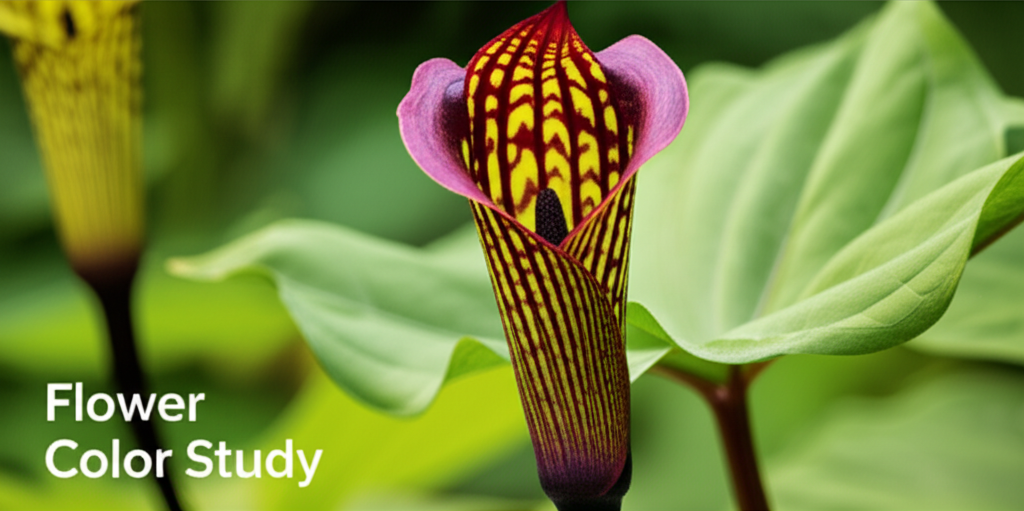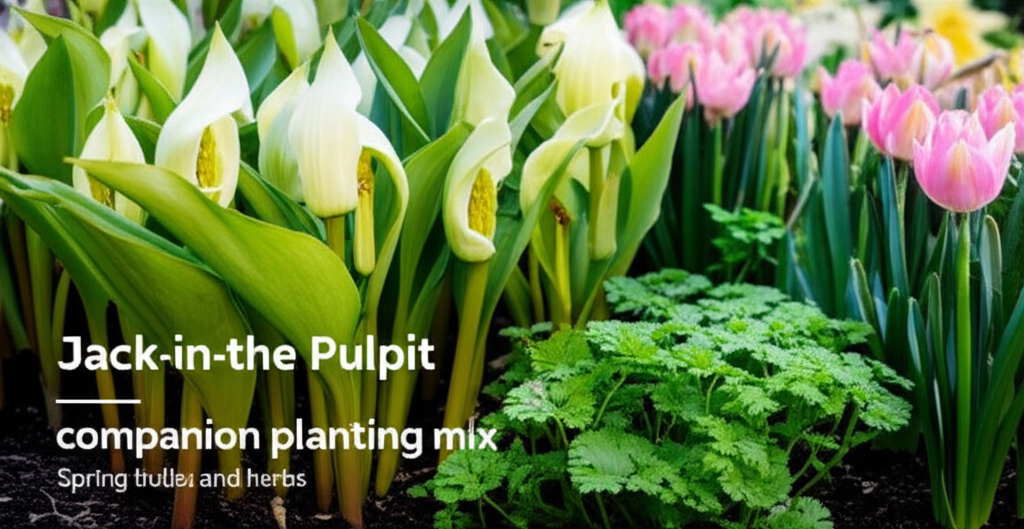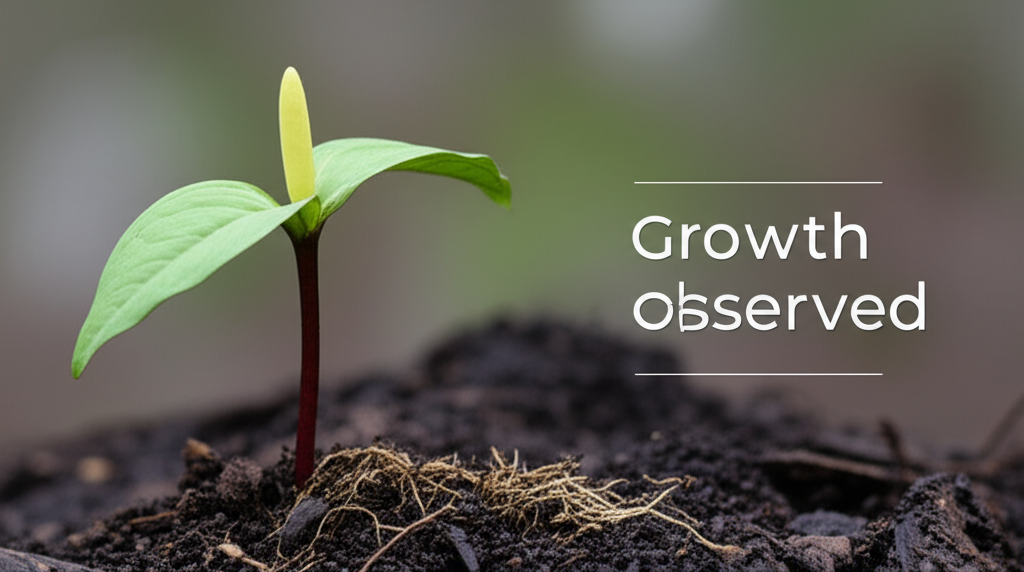Blue Star Juniper: Shearing vs. Pruning – A Comprehensive Comparison for Healthier, Happier Plants
Have you ever stood back from your garden, admiring the meticulously shaped Blue Star juniper, only to wonder if you’re truly giving it the best care? The choice between shearing and pruning can be a perplexing one for many gardeners, impacting not just the aesthetic of your landscape but, more importantly, the long-term health and vitality of your beloved Blue Star junipers. Understanding the nuances of these two distinct horticultural practices is key to unlocking your plant’s full potential, ensuring robust growth, disease resistance, and that signature compact, starry form.
This comparison isn’t just about aesthetics; it’s about plant physiology and intelligent garden management. The way you interact with your Blue Star juniper directly influences its energy allocation, its ability to ward off pests and diseases, and its overall lifespan. Get it right, and you’ll have a specimen that thrives for years to come. Get it wrong, and you might inadvertently hinder its natural growth patterns, leading to a weaker, less attractive plant.
Quick Answer Box
Can you shear a Blue Star Juniper? Yes, you can shear a Blue Star Juniper, but it’s generally not the recommended long-term practice for optimal health. Shearing removes foliage indiscriminately, potentially damaging the plant’s natural growth habit and hindering its ability to photosynthesize efficiently, which can lead to weakened growth and increased susceptibility to issues. Pruning, on the other hand, involves selective removal of branches to shape, improve health, and encourage better airflow, leading to a more resilient and attractive plant.
What is Blue Star Juniper Shearing vs. Pruning and Why It’s Important in Gardening
Let’s break down what we mean by “shearing” and “pruning” in the context of your Blue Star juniper.
Shearing is a more aggressive form of cutting where hedges or shrubs are trimmed with shears or a hedge trimmer to create a uniform, formal shape. It essentially “tops” the plant, removing the outer layer of foliage and often cutting into new growth. Think of it like giving your juniper a very close haircut, all over.
Pruning, conversely, is a more precise and strategic process. It involves the selective removal of specific branches or stems to achieve various goals, such as shaping, thinning, removing dead or diseased wood, or encouraging new growth in desired directions. Pruning is about making deliberate cuts to improve the plant’s structure and health.
The importance of understanding this distinction lies in how each practice impacts the Blue Star juniper’s growth patterns and overall health. Blue Star junipers are naturally slow-growing, dense shrubs with a rounded, mounding habit. Their beauty lies in their fine, needle-like foliage that resembles stars. Aggressive shearing can disrupt this natural form, leading to a dense, unnatural appearance and potentially “shearing off” the plant’s ability to thrive. Pruning, when done correctly, respects the plant’s natural growth and can enhance its best features while addressing any underlying issues.
Quick Recommendations or Key Insights about Blue Star Juniper Shearing vs. Pruning
Pruning is generally preferred for Blue Star junipers to maintain their natural shape and health.
Shearing can be used sparingly for a very formal, hedged look, but be mindful of cutting back into old wood.
Always use sharp, clean tools for both shearing and pruning to prevent disease spread and clean cuts.
Prune in late winter or early spring before new growth begins, or after the spring growth flush has hardened.
Never cut into dead wood when pruning – it won’t regrow.
For shearing, aim to cut only the green, new growth to avoid damaging the plant.
Consider the plant’s natural habit – Blue Star junipers are meant to be mounding, not formal blocks.
Detailed Breakdown of Blue Star Juniper Shearing vs. Pruning
The Scientific Perspective: Plant Biology and Growth Habits
Blue Star junipers ( Juniperus squamata ‘Blue Star’) are evergreen conifers known for their striking blue-green, scale-like foliage. As a cultivar of Juniperus squamata, they inherit a compact, mounding growth habit and are relatively slow-growing. Their photosynthetic activity primarily occurs in the green, outer foliage.
Shearing’s Impact:
When you shear a Blue Star juniper, you’re essentially cutting through the outermost layer of foliage, often removing a significant portion of the current year’s growth. This can have several consequences from a plant biology standpoint:
Reduced Photosynthesis: By removing a large amount of foliage, you reduce the plant’s capacity to convert sunlight into energy. This can stress the plant, especially if done during periods of active growth or high temperatures.
Stimulation of Basal Growth (Potentially): Similar to other shrubs, shearing can sometimes stimulate the growth of new shoots from dormant buds closer to the base of the plant. However, with junipers, especially if you cut back too far into older wood, these buds may not be present or viable.
Compaction and Airflow Issues: Shearing often leads to a very dense outer layer of foliage. This can prevent light and air from penetrating to the inner parts of the shrub, creating a dense, almost impenetrable mass. Poor airflow is a breeding ground for fungal diseases.
Damage to New Growth: If shearing is done too early in the season, you might cut off the developing new growth before it has a chance to mature, effectively setting back the plant’s development.
Pruning’s Impact:
Pruning, being selective, allows for a more nuanced approach:
Strategic Light Penetration: By removing specific branches, you can open up the canopy, allowing light and air to reach the interior of the plant. This promotes healthier growth throughout the entire shrub.
Encouraging Branching: Selective cuts, particularly thinning cuts (removing a branch back to its origin) or heading cuts (removing the tip of a branch), can encourage branching and denser growth in desired areas.
Disease and Pest Management: Pruning is essential for removing any dead, damaged, or diseased branches. This not only improves the plant’s appearance but also prevents the spread of pathogens.
Maintaining Natural Form: Pruning can be used to gently guide the plant’s natural mounding habit, removing wayward branches or those that detract from the overall aesthetic, rather than forcing an unnatural shape.
Practical Applications in the Garden
Shearing in Practice:
If you are aiming for a very formal, hedge-like appearance with your Blue Star junipers (though this is uncommon and often not ideal for this particular variety), shearing would be your method. This typically involves using sharp hedge trimmers.
Timing: Best done in late spring or early summer after the initial flush of new growth has occurred and hardened off.
Technique: Always cut into the green growth, leaving some foliage on the stem. Avoid cutting back into old, bare wood, as junipers are notoriously poor at regrowing from old wood. You can shear lightly to maintain a desired shape.
Frequency: Can be done as needed to maintain the formal shape, but be conservative.
Pruning in Practice:
Pruning is the more versatile and recommended approach for Blue Star junipers.
Timing: The best time for general pruning is late winter or early spring, before new growth begins. This allows you to see the plant’s structure clearly and remove any winter damage. You can also do light shaping after the spring growth flush has hardened.
Technique:
Thinning: Remove branches that are crossing, rubbing, or growing inwards. Cut these back to their point of origin or to a healthy outward-facing branch. This improves air circulation and light penetration.
Heading: If a branch is growing too long or out of shape, you can cut it back to a side branch or bud that is pointing in the direction you want new growth to occur. Aim to make these cuts just above a leaf node.
Removing Dead/Diseased Wood: Use clean bypass pruners or loppers to cut out any branches that are brown, brittle, or show signs of disease. Cut back to healthy wood.
Tools: Use sharp bypass pruners for smaller branches and loppers for larger ones. For very large plants or extensive work, a pruning saw might be necessary. Always sterilize your tools between plants, especially if dealing with disease.
Common Mistakes to Avoid
Mistakes with Shearing:
1. Cutting too far back into old wood: This is the most critical mistake. Blue Star junipers will not regrow from old, leafless wood. If you shear into this, you create bare patches that will likely remain bare.
2. Shearing too frequently or too aggressively: This stresses the plant, weakens it, and can lead to a sparse, unhealthy appearance over time.
3. Shearing during extreme weather: Avoid shearing during hot, dry spells or when the plant is already stressed.
4. Using dull or dirty tools: This can tear the foliage, create ragged edges, and introduce diseases.
Mistakes with Pruning:
1. Over-pruning: Removing too much foliage at once can shock the plant and hinder its growth. Aim to remove no more than one-third of the plant’s canopy at any one time.
2. Pruning at the wrong time: Pruning too late in the season can remove developing flower buds (if applicable to the variety) or stimulate tender new growth that is susceptible to frost.
3. Leaving stubs: When pruning a branch, always cut back to a healthy lateral branch or bud. Leaving stubs can create entry points for pests and diseases.
4. Not cleaning tools: This can spread diseases like fungal infections from one plant to another.
5. Ignoring the natural form: While pruning is for shaping, forcing an unnatural shape can stress the plant. Work with its natural growth habit.
Expert Tips or Pro Insights
Embrace the Natural Form: Professional horticulturists often emphasize working with the plant’s natural growth habit. Blue Star junipers are beautiful precisely because of their unique, starry foliage and mounding shape. Pruning should enhance this, not fight it.
The “Windowpane” Technique: For larger shrubs, some pros advocate for a “windowpane” approach when pruning. Imagine dividing the shrub into sections (like windowpanes) and pruning each section individually to ensure light and air penetration throughout. This is more about thinning than shearing.
Mistake Pruning for Shearing: Many gardeners mistakenly think that any form of cutting is “shearing.” Understanding the difference between a precise cut to a branch junction versus a general “topping” is key.
Consider the Purpose: Before you pick up your pruners, ask yourself why you are cutting. Is it to remove dead wood? To improve airflow? To manage size? To correct an errant branch? Having a clear purpose guides your cuts.
“Tip Pruning” for Density: If you want to encourage a denser, more compact plant without aggressive shearing, you can “tip prune.” This involves pinching or cutting off just the very tips of the new growth. This is less invasive than shearing and encourages more branching. Do this in early summer.
Observe Your Plant: Pay close attention to how your Blue Star juniper responds to pruning. If you see dieback after a cut, you may have cut into wood that wasn’t healthy or had insufficient energy reserves.
Seasonal or Climate Considerations
The timing and intensity of your pruning or shearing for Blue Star junipers can be influenced by your climate and the season.
Winter Pruning (Late Winter/Early Spring): This is generally the most advantageous time for major pruning. The plant is dormant, so stress is minimized. You can clearly see the plant’s structure without leaves, allowing for precise removal of dead, diseased, or damaged branches. It also sets the stage for healthy new growth as spring arrives. In colder climates, this is ideal.
Spring Growth Flush: Blue Star junipers put on their primary growth in spring. You can perform light shaping or “tip pruning” after this flush has occurred and the new growth has started to harden off (typically late spring to early summer). Avoid heavy shearing or pruning during the most active growth period, as this can stress the plant.
Summer: Generally avoid significant pruning or shearing in the heat of summer. If absolutely necessary for aesthetic reasons, a very light trim of the outermost new growth is acceptable, but be cautious.
Autumn: Avoid any significant pruning or shearing in autumn. This can stimulate new growth that may not have time to harden off before the first frost, making it vulnerable to winter damage. It can also expose the plant to winter injury.
Climate-Specific Notes:
Cold Climates: In regions with harsh winters, late winter pruning is crucial. Any pruning done too late in the season could result in frost damage to new growth. Ensure your tools are sharp to make clean cuts that heal quickly.
Mild Climates: In milder climates, you might have a slightly longer window for pruning. However, the principle of avoiding pruning before frost remains. You might also be able to get away with a very light shaping prune in early autumn, but it’s still a risk.
Drought-Prone Areas: Junipers are generally drought-tolerant once established, but during prolonged dry spells, avoid pruning, as it can add stress to the plant. Ensure adequate watering if you must prune during dry periods.
Buying Guide or Decision-Making Process (If Applicable)
While this topic focuses on how to care for your Blue Star Juniper, understanding its growth habits influences the initial purchase decision.
When Choosing a Blue Star Juniper:
1. Inspect for Health: Look for plants with vibrant, consistent blue-green foliage. Avoid plants with brown or yellowing needles, as this can indicate stress, disease, or improper care from the nursery.
2. Check the Root Ball: If possible, gently lift the plant from its container. A healthy root system will be white and fibrous, not tightly matted and circling (root-bound). Root-bound plants may struggle to establish.
3. Consider the Size and Shape: Blue Star Junipers are slow-growing, so choose a size that fits your intended space. While they are naturally mounding, some nursery specimens might have been pruned to encourage a more compact form from a young age. This is generally acceptable.
4. Source Reputably: Purchase from a reputable nursery or garden center that can provide advice on local growing conditions.
The decision to prune or shear, as we’ve discussed, is a critical part of its ongoing care. When in doubt, opt for pruning.
FAQ Section for Blue Star Juniper Shearing vs. Pruning
Q1: Can I shear my Blue Star Juniper into a perfectly square shape?
A1: While you can* shear it into a square, it’s not recommended for the long-term health and natural beauty of the Blue Star Juniper. Shearing too aggressively, especially into old wood, can lead to dieback and an unnatural appearance. Pruning to enhance its natural mounding habit is generally a better approach.
Q2: When is the absolute best time to prune a Blue Star Juniper?
A2: The ideal time is late winter or very early spring, before new growth begins. This allows you to see the plant’s structure clearly and remove any winter damage without stressing it. A light shaping prune after the spring growth hardens off is also acceptable.
Q3: My Blue Star Juniper has brown, dead patches inside. What should I do?
A3: This is often a result of poor air circulation and light penetration due to dense growth or previous over-shearing. Carefully prune out the dead branches back to healthy wood or the point of origin. Consider thinning out some of the inner branches to improve airflow and light to the interior of the plant.
Q4: I used hedge trimmers on my Blue Star Juniper last year, and it looks a bit sparse now. What’s the best way to fix it?
A4: Avoid further heavy shearing. Instead, focus on selective pruning. Remove any dead branches. If there are branches growing into unwanted areas, prune them back to a side branch. You can also try “tip pruning” the remaining healthy growth to encourage more dense foliage. Be patient, as recovery from over-shearing can take time.
Q5: Is it okay to prune out branches that are touching the ground?
A5: Yes, absolutely. Pruning branches that are touching the ground helps prevent disease and pest issues that can travel up from the soil. It also keeps the plant looking tidier. Make these cuts back to a healthy side branch or the main stem.
Conclusion for Blue Star Juniper Shearing vs. Pruning
Navigating the world of plant care often involves understanding the subtle but significant differences between various techniques. For your Blue Star Juniper, the distinction between shearing and pruning is paramount. While shearing offers a quick path to a formal shape, it often comes at the cost of the plant’s natural vigor and long-term health. Pruning, on the other hand, is a more deliberate, nuanced practice that respects the Blue Star Juniper’s inherent beauty and growth patterns. By opting for strategic pruning – removing dead or crossing branches, thinning for better light and air, and gently guiding its natural mounding form – you empower your juniper to thrive, resist disease, and maintain that distinctive starry allure for years to come. Embrace the power of precise cuts and thoughtful care, and watch your Blue Star Juniper flourish as a testament to intelligent gardening.


